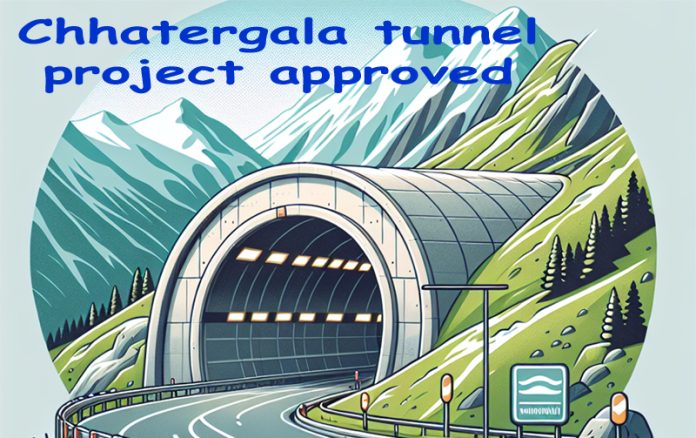The approval of the Chhatergala tunnel project by the Union Minister for Road Transport and Highways, NitinGadkari, marks a pivotal moment in the infrastructure development of Jammu and Kashmir. This initiative, spearheaded by the NHAI, promises to revolutionise connectivity between Lakhanpur and Doda via Basohli-Bani-Bhadarwah, transforming a region that has long suffered from inadequate infrastructure. The Chhatergala tunnel, estimated to cost around Rs. 4,000 crore, is a monumental project that will drastically reduce the travel time between Lakhanpur and Doda to just four hours. This will be achieved by constructing a direct highway that bypasses the traditional, winding routes that currently make travel between these regions arduous and time-consuming. The tunnel, along with the new highway, will ensure all-weather connectivity, which is crucial for a region that often faces harsh climatic conditions that disrupt travel and commerce. As this project begins, it stands as a testament to the Government’s commitment to fostering economic growth, enhancing tourism, and improving the quality of life for the residents of J&K.
Practically, the road connectivity of various districts in Jammu and Kashmir with the rest of the country is still a distant goal. However, the current administration has fully grasped the development needs of the UT and is consistently focusing on significant investments in road infrastructure. While the outcomes will take some time to materialise, these projects, once completed, will undoubtedly transform J&K. The direct link provided by the new highway and tunnel will have far-reaching economic and social benefits. For one, it will open up new avenues for trade and commerce, allowing local businesses to thrive by reducing transportation costs and time. The improved connectivity is expected to attract investments in various sectors, including tourism, agriculture, and manufacturing, thereby boosting the region’s economy. A direct link with neighbouring Punjab with much-curtailed travel time will be a big boost for tourism, as unexplored areas like Bani, Basohli, and the Doda region, including Kishtwarand Bhadarwah, can be the next big tourist destinations.
It is also important to address existing infrastructure bottlenecks. Various bottlenecks of the Z-Morh Tunnel, the Ring Road in Jammu, and the four-laning of the Udhampur-Ramban road have to be looked into. There are 17 critical points right now on the Jammu-Srinagar highway that require immediate attention for smooth traffic flow. The Chenani-Sudhmahadev-Doda National Highway had seen numerous bottlenecks, which were ultimately removed, paving the way for smoother travel. Additionally, the construction of link roads connecting villages is of great importance to integrate the communities into the broader economic framework, providing them with better access to markets and services.
The infrastructure push in J&K is not just about roads and tunnels; it’s about building a foundation for sustainable economic growth. The construction activities themselves will generate a significant number of jobs, providing much-needed employment opportunities in the region. Moreover, improved infrastructure will facilitate the establishment of new businesses and industries, further driving job creation and economic diversification. The journey to this approval has not been without challenges, as the proposal for the Chhatergala tunnel has been in the pipeline for about six years. The delay was primarily due to funding and other issues; however, the perseverance of local leaders and the support of the Central Government have finally brought this critical project to fruition.
The approval and imminent construction of the Chhatergala tunnel and associated highways are emblematic of the broader vision for a prosperous and self-reliant J&K. These infrastructure projects are not just about immediate benefits but are part of a long-term strategy to ensure J&K’s strong and glorious future. By improving connectivity, these projects will bridge the developmental gap between J&K and other parts of India, fostering inclusivity and equal opportunities for all. As the construction begins, these projects stand as a beacon of what determined leadership and strategic vision can achieve, heralding a new era of growth and prosperity for the region.
Trending Now
E-Paper


